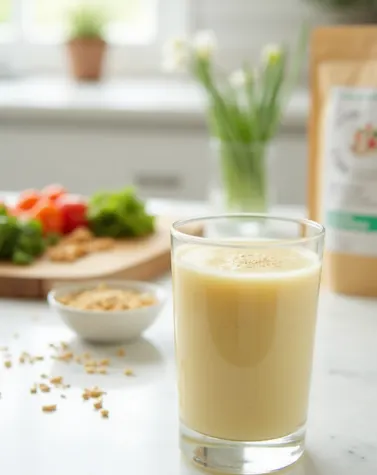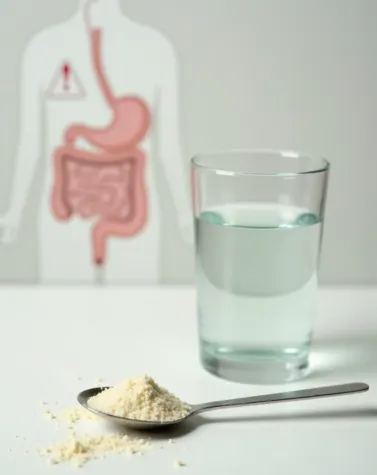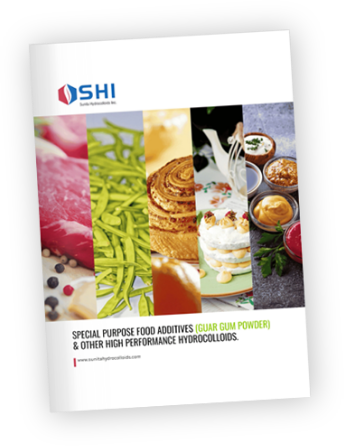
How Eco-Friendly Formulations Are Reshaping the Beauty Industry
For years, “green beauty” sounded like nothing more than a catchy label slapped onto bottles. But things have changed. Eco-friendly formulations are no longer a fad; they’re becoming a standard across the beauty industry. From what goes inside a product to how it’s packaged and shipped, brands are now held accountable not just for performance, but for sustainability too.
How international standards define “natural”
Until recently, “natural” and “organic” claims in cosmetics have been tossed around carelessly. The ISO 16128 standard changed that by offering a calculation framework for determining the percentage of natural and natural-origin ingredients. Instead of relying on vague marketing claims, brands can now mathematically prove whether a formulation meets a given threshold.
Another benchmark, the COSMOS standard, raised the bar even higher. Products labeled COSMOS Organic need to contain at least 95% organic agro-ingredients, while rinse-off products require a minimum of 10%. These rules aren’t just suggestions. They directly shape how shampoos, conditioners, and cleansers are designed.
For formulators, this means greater reliance on bio-based surfactants, biodegradable thickeners, and naturally derived conditioning agents. The days of simply claiming “clean beauty” as a marketing tagline without proof are long gone.
Regulatory frameworks driving both safety and sustainability in cosmetic formulations
It’s not only global standards driving this shift. Laws are stepping in too. In the United States, the Modernization of Cosmetics Regulation Act (MoCRA) of 2022 brought the biggest changes in decades. Companies now have to register facilities, list products, and show evidence of safety. By mid-2024, brands were expected to start filing their formulations with the FDA.
What does this mean for sustainability? When companies must document preservatives, allergens, and safety testing in detail, the pressure increases to simplify formulas and choose lower-hazard ingredients.
Environmental regulation is also pushing changes. Hawai‘i’s sunscreen law, effective January 2021, banned the sale of products containing oxybenzone and octinoxate to protect coral reefs. That single state-level decision forced global brands to reformulate entire sunscreen lines, proving how localized regulation can influence international portfolios.
Life-Cycle Assessments: water use and packaging impact
While ingredient sourcing often dominates marketing, life-cycle assessments (LCAs) show that the biggest environmental hotspots in beauty are often water use and packaging.
- Water footprint: Traditional shampoos and cleansers are mostly water. Add in the hot water consumers use while rinsing, and the environmental load multiplies. This is why solid bars and water-lean concentrates are gaining traction they reduce transport weight, packaging, and often consumer water use.
- Packaging footprint: Multiple meta-analyses confirm that reusable and refillable systems outperform single-use bottles only if consumers return and reuse them enough times to offset production impacts. If refill rates are low, lightweight single-use bottles may perform better environmentally. This nuance highlights why brands must look beyond trends and test actual consumer behavior.
Academic studies on cosmetic packaging consistently show that design decisions such as incorporating post-consumer recycled (PCR) resin, lightweighting, and simplifying for recyclability have the biggest influence on footprint reduction.
Ingredient innovation for greener formulations without compromising performance
Surfactants
In rinse-off products, traditional petrochemical surfactants are being replaced with alkyl polyglucosides (APGs) and amino acid-based surfactants. These are favored not just for marketing, but because they are readily biodegradable under OECD 301 testing and often milder on skin.
Natural polymers and hydrocolloids
Natural polymers are gradually replacing acrylics in conditioning and thickening systems. Guar gum derivatives, such as guar hydroxypropyltrimonium chloride, are a prime example. Derived from guar beans, these polymers condition hair and add slip while aligning with natural-origin claims. Such plant-based functional ingredients allow brands to meet COSMOS thresholds while delivering the sensorial performance consumers expect.
Preservative systems
Eco-friendly doesn’t mean unpreserved. Instead of harsh synthetics, formulators now design “hurdle” systems combining reduced water activity, pH adjustment, and milder preservatives accepted under natural standards. Here again, solid and concentrated formats help by lowering the microbial risk.
Best practices for sustainable product development in 2025
The convergence of standards, regulation, and evidence is creating a clearer roadmap for R&D:
- Set claims goals early. Calculate ISO 16128 natural-origin percentages during concept development to avoid reformulation late in the process.
- Demand biodegradability data. Favor ingredients with OECD 301 proof APGs and other bio-based surfactants are often safe bets.
- Cut water and transport weight. Experiment with solid, powdered, or concentrated formats to cut water use and shipping weight..
- Choose packaging by evidence. Model whether refills or lightweight single-use performs better in your market, then publish the breakeven point.
- Prepare for MoCRA globally. Even if you don’t sell in the U.S., MoCRA-style dossiers will strengthen safety claims and streamline global approvals.
Future of sustainable beauty and consumer trust
Eco-friendly formulation is shifting from trend to technical discipline. The winners won’t be those shouting the loudest about being “clean” or “green.” Instead, they will be brands that can:
- Show ISO/COSMOS calculations for natural origin,
- Provide OECD biodegradability data for key ingredients,
- Demonstrate life-cycle improvements through water-lean formats and smarter packaging, and
- Maintain regulatory compliance across multiple markets.
Guar-based conditioners, biodegradable surfactants, and refill systems are not fringe ideas anymore they’re becoming the baseline. Consumers may still buy for scent, texture, and results, but behind the label, the industry is being rebuilt on traceability, transparency, and measurable impact.
In short, sustainability in beauty is no longer a claim. It’s chemistry, logistics, and evidence.
How Sunita Hydrocolloids Supports This Shift
At Sunita Hydrocolloids Inc., we have been at the forefront of this movement for over four decades, offering premium-quality guar gum and modified hydrocolloids that align seamlessly with the sustainability goals of cosmetic and personal care brands.
Our SUNCOL range of guar gum powders (E412) and specialized Guar Gum SXL grades like SXL-20, SXL-40, and SXL-30 provide formulators with natural thickeners, stabilizers, and conditioners that meet international quality standards, including ISO 9001:2015, FSSC 22000, Halal, and Kosher certifications. Beyond functionality, these ingredients support measurable eco-claims under frameworks like ISO 16128 and COSMOS, offering brands both performance and credibility.
As sustainability becomes non-negotiable in beauty, Sunita Hydrocolloids continues to offer solutions that meet industry demands without losing sight of consumer expectations. Responsible products can still deliver exceptional results, and we’re proud to help brands achieve that balance.





